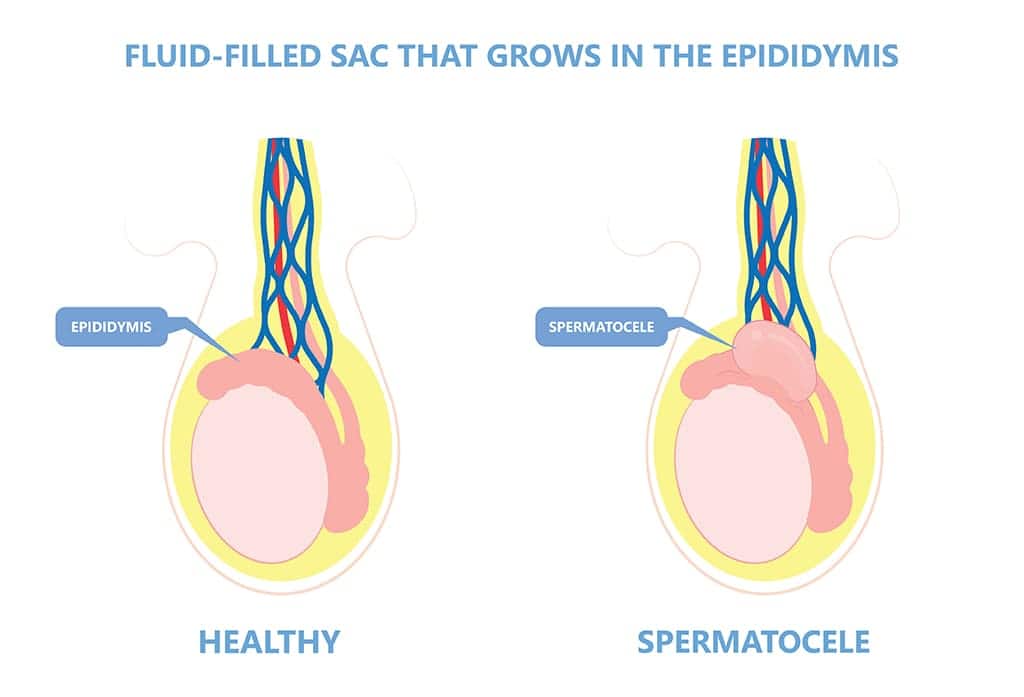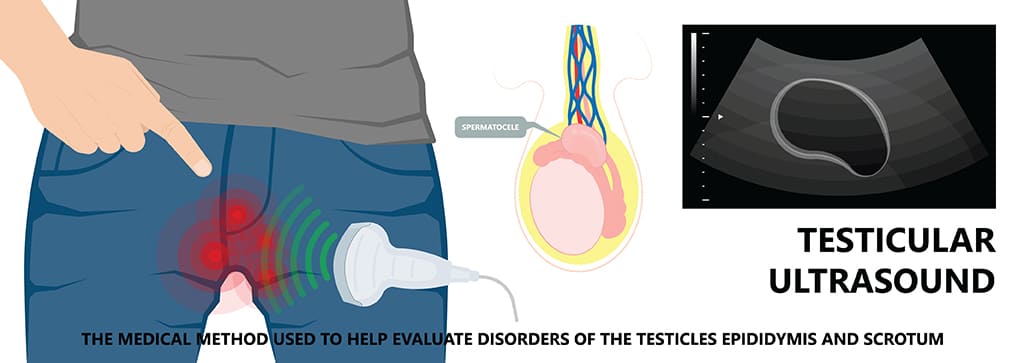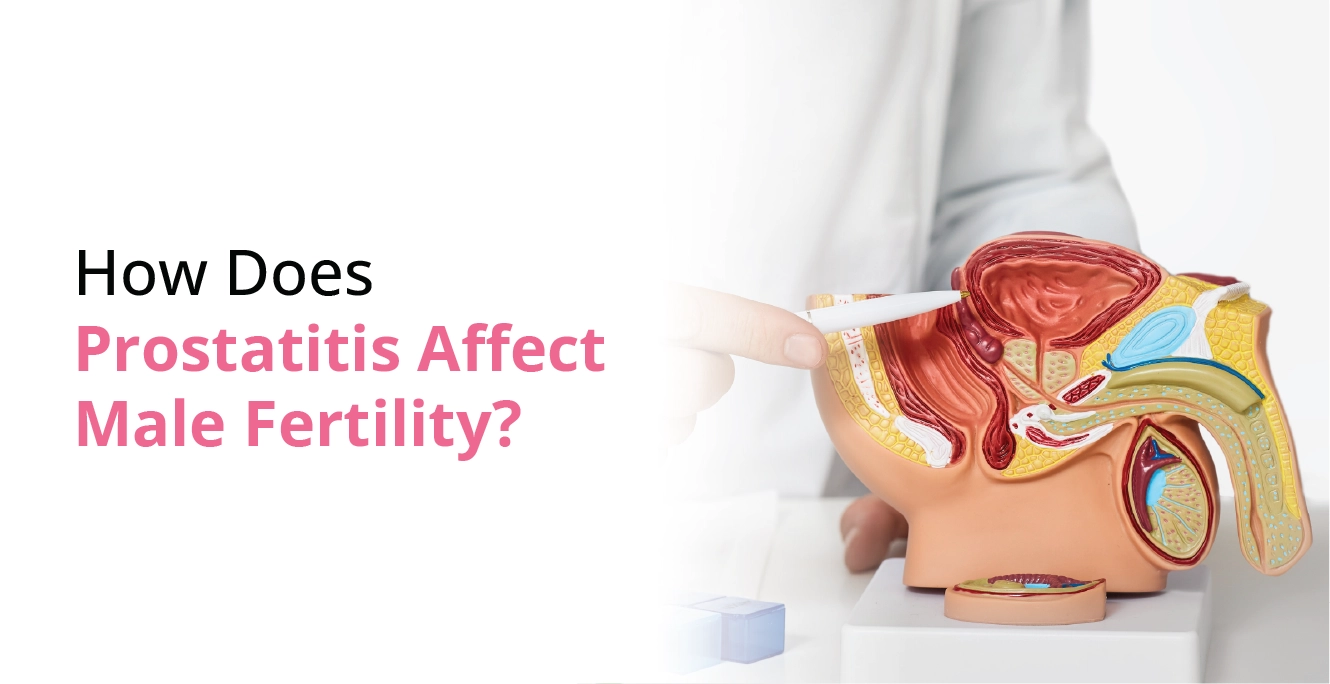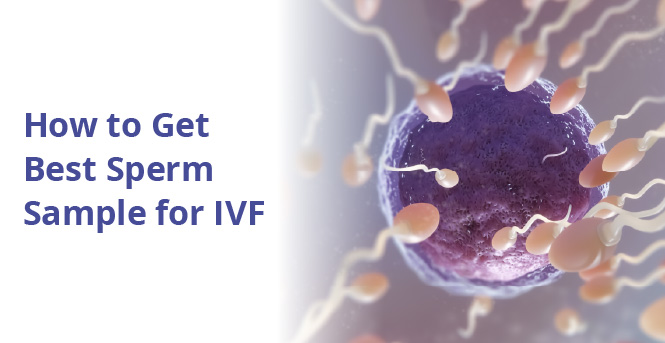
Spermatocele: Symptoms, Causes, and Treatments

Table of Contents
A spermatocele is a type of cyst that develops inside the epididymis. The epididymis is a coiled, duct-like tube located on the upper testicle. It connects the testis and the vas deferens.
The function of the epididymis is to collect and transport the sperm. The spermatocele is typically a noncancerous cyst. It does not cause any pain. It is filled with cloudy or translucent fluid that may contain sperm.
A spermatocele may also be known as a spermatic cyst. However, sometimes it can grow large and manifest as physical symptoms. It may require spermatocele surgery, which could impact one’s fertility levels.
Types of Spermatocele
The condition is common in men and is categorised into two primary types:
-
Simple spermatoceles: These are single-chambered (unilocular) cysts usually filled with a clear, watery fluid that may contain sperm. They are generally small in size and rarely cause discomfort.
-
Complex spermatoceles: These cysts have multiple chambers (multilocular) and often contain a thicker, protein-rich fluid along with sperm cells. They are more prone to becoming larger and causing noticeable symptoms compared to simple spermatoceles.
Spermatocele Symptoms

A spermatocele is a fluid-filled sac that forms in the tubes behind the testicles. Most of the time, you won’t notice any signs. But if its size increases, you might experience the following symptoms:
- Pain or discomfort in your testicle or the area around it
- A heavy feeling in your testicle
- Fullness behind and above your testicle
If you experience any of these symptoms, it’s advisable to consult a doctor. They can check to make sure it’s not something more serious, like testicular cancer.
Spermatocele Causes

While doctors are not sure why spermatoceles happen, some factors might play a role:
-
A blockage in the tubes that affect sperm motility in the testicles
-
Swelling in the testicles
-
Genes (it might run in families)
-
Some medicines your mom took when she was pregnant with you (this is rare)
Spermatocele Diagnosis
To find out if you have a spermatocele, your doctor will suggest or perform one or more of the following tests:
-
Physical Examination: A doctor checks for lumps, swelling, or tenderness in the scrotum and may use transillumination (shining a light through the scrotum) to assess if the mass contains fluid.
-
Ultrasound: The primary diagnostic tool that uses sound waves to create images, confirming the presence of a fluid-filled cyst and distinguishing it from other scrotal conditions.
-
Imaging Tests (MRI or CT Scan): Rarely used, but may be performed if ultrasound results are unclear or to rule out other abnormalities.
Spermatocele Treatment
Here are some options for spermatocele treatment:
Surgical Removal (Spermatocelectomy)
-
This is the most common and effective treatment option for large or symptomatic spermatoceles.
-
During the procedure, the cyst is surgically removed while preserving the surrounding genital and reproductive structures.
-
It is performed under local or general anaesthesia and typically takes less than an hour.
-
In some cases, a part of the epididymis may also be removed, which can potentially affect fertility.
-
Therefore, it is crucial to choose an experienced doctor to minimise the risk of complications.
Surgical Aspiration (Minimally Invasive Drainage)
-
This procedure involves using a needle to puncture the spermatocele and drain the fluid.
-
It is a temporary solution, as the fluid may accumulate again over time.
-
Sclerotherapy may be combined with spermatocele aspiration. In this method, an irritating agent is injected into the cyst after drainage to shrink it
-
This causes the cyst to scar, reducing the likelihood of fluid reaccumulation.
-
However, these procedures are rarely performed due to the risk of epididymal damage, which can lead to fertility issues.
Wait and Observation (Conservative Management)
-
If the spermatocele is small and asymptomatic, no treatment is typically required.
-
Regular monitoring during routine check-ups ensures that any changes in size or symptoms are detected.
-
Most spermatoceles remain harmless and do not require intervention.
Medication for Symptom Relief
-
While there is no specific drug to cure spermatoceles, oral medications such as anti-inflammatory drugs (e.g., ibuprofen) may be prescribed to reduce pain and swelling.
-
Medication is used to manage symptoms rather than treat the cyst itself.
Preventive Measures for Scrotal Health
While spermatoceles are generally considered idiopathic (meaning their exact cause is unknown) and cannot be entirely prevented, adopting healthy practices can support overall scrotal health and potentially reduce the risk of related conditions. To keep your testicles in good shape, you should:
-
Routinely check the scrotum for any changes, lumps, or irregularities
-
Report any unusual findings to your doctor
-
Engage in safe sex to reduce the risk of sexually transmitted infections (STIs), which can cause inflammation or swelling in the epididymis
-
Regularly wash and keep the genital area clean to prevent infections that may affect the scrotum
-
Opt for supportive, breathable underwear, such as briefs or boxer briefs
-
Proper support can minimise strain on the scrotal tissues and promote comfort
-
If you experience pain, swelling, or other unusual symptoms in the scrotum, consult a doctor without delay
-
Early diagnosis and treatment can help prevent complications and ensure effective management.
While these practices promote overall scrotal health, they cannot specifically prevent spermatoceles, as the condition is typically benign and not linked to modifiable lifestyle factors. Regular medical check-ups, such as evaluating your sperm count, combined with self-awareness and proactive care, are essential for maintaining good scrotal health.
Myths and Facts about Spermatocele
There are some misconceptions about spermatoceles that aren’t accurate. Let’s bust some myths.
-
Myth: Spermatoceles are a type of cancer.
Fact: They’re not a type of cancer and can not turn into cancer.
-
Myth: You can catch a spermatocele from someone else or from having sex.
Fact: They’re not contagious and have nothing to do with sex.
-
Myth: You always need treatment for a spermatocele.
Fact: If it’s small and doesn’t bother you, you might not need any treatment.
Takeaway
Spermatocele surgery is not always required to treat spermatoceles, which typically do not cause harm to the body. However, if they grow too large in size, they can lead to pain and swelling, which, if not attended to, can cause damage over time to the scrotum area.
At times, the surgery can lead to the removal of the epididymis, which can impact fertility. It is best to approach a credible fertility specialist to get a diagnosis and seek professional spermatocele treatment.
To know more about fertility solutions in the case of retrograde ejaculation, visit your nearest Birla Fertility and IVF Clinic, or book an appointment.
FAQs:
1. How do you get rid of a spermatocele?
A spermatocele can be treated either with invasive therapies like aspiration and sclerotherapy, which drain the fluid, or spermatocele surgery, which is an attempt to preserve the reproductive and genital systems.
2. How can I reduce my spermatocele naturally?
There is no known approach to getting rid of spermatocele naturally, despite claims that diets and herbal remedies can assist in the process. If they are not causing any physical harm, it is best to ignore their existence.
3. How long do spermatoceles last?
There is no fixed time frame for spermatoceles to last. At times, they last for a few months, or even years, without having any effect on bodily functions. Sometimes, they grow larger and may require treatment if they manifest as physical pain or swelling. They have the potential to grow to as large as 15 cm. Your medical care provider may recommend spermatocele surgery if required. If there are no physical symptoms such as pain or inflammation, you can leave them be.
4. Is spermatocele serious?/Is getting a spermatocele serious?
Most spermatocele cases are not serious. They can exist for many years without doing any kind of damage or affecting the natural functioning of the body. However, at times they may grow as large as 15 cm, which can bring on physical pain and discomfort. The testicles may also swell up. Your medical care provider may prescribe medications to reduce pain and inflammation or recommend surgical removal via spermatocele surgery.
5. Can you live with a spermatocele?
Yes, you can live with a spermatocele for long periods without adversely affecting your body and hindering your lifestyle.
Our Fertility Specialists
Related Blogs
To know more
Birla Fertility & IVF aims at transforming the future of fertility globally, through outstanding clinical outcomes, research, innovation and compassionate care.
Had an IVF Failure?
Talk to our fertility experts

 Our Centers
Our Centers









